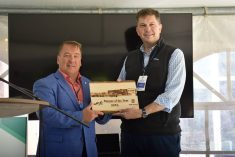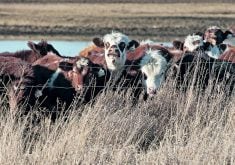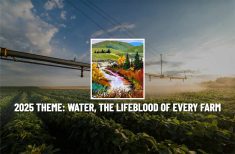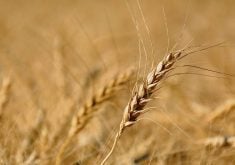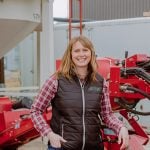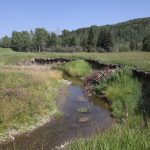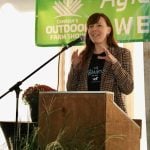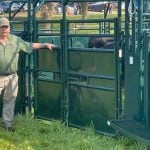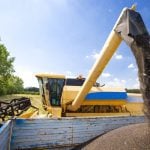Alberta Agriculture’s annual Greenfeed and Silage Production Survey reports growing conditions in 2010 were mainly favourable, despite the lack of precipitation in the Peace Region and excessive moisture in some other areas of the province.
Statistics Canada estimates tame hay production but not greenfeed and silage, so ARD and AFSC staff do annual surveys by municipality. StatsCan estimates Alberta’s 2010 tame hay production at 9.2 million tonnes, up 71 per cent from the drought-reduced crop in 2009. That reduced the need for greenfeed and silage.
ARD says the percentage of crop area harvested for grains and oilseeds was much higher than in 2009, as the area harvested for greenfeed and silage declined significantly. Total area harvested for greenfeed and silage in 2010 was estimated at 1.1 million acres, down 48 per cent from 2009. Total area harvested for greenfeed declined 53 per cent from 2009 to 575,000 acres, while silage acreage dropped 40 per cent to 570,000 acres.
Read Also

Rich life took him from sky to ground
World War II veteran Burns Wood shares some memories of his time on the Alberta Sugar Beet Growers board as the organization celebrates its 100th anniversary in 2025.
The mainly favourable crop growing conditions in 2010 contributed to higher greenfeed and silage yields. The estimated provincial average yield for greenfeed was 3.04 tonnes per acre for barley (2.28 in 2009), and 2.99 tonnes per acre for oats (1.96). For silage, the provincial average yield was estimated at 6.74 tonnes per acre for barley (4.38) and 6.94 tonnes per acre for oats (3.76).
Despite the higher yields, total greenfeed production declined 19 per cent from 2009, to 1.7 million tonnes. This was due to the marked reduction in harvested area (down 53 per cent). For silage, total production was estimated at 3.9 million tonnes, up 14 per cent from 2009, as higher yields more than offset the impact of a smaller harvested area.



